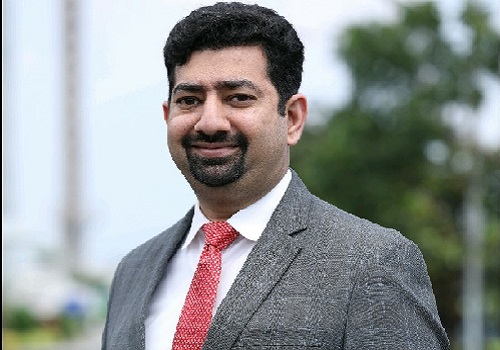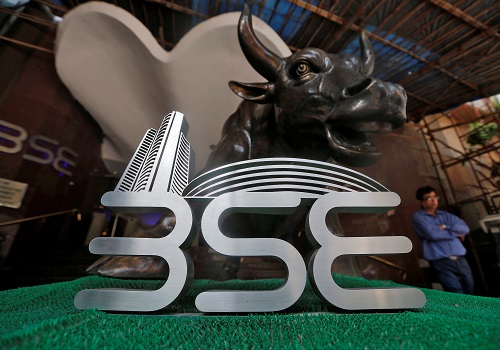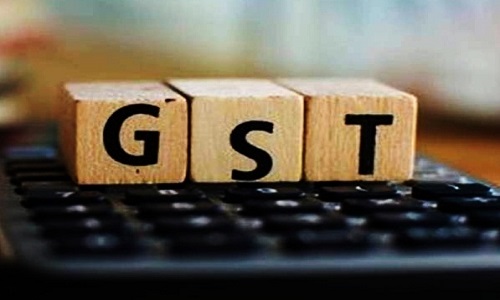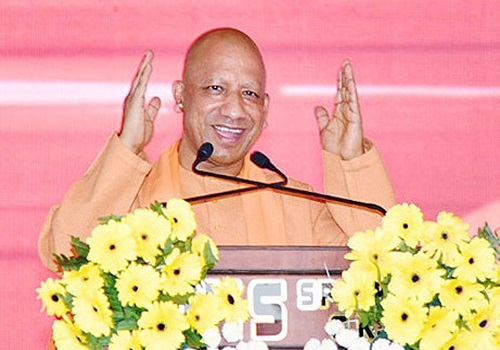Pre-Budget Expectations 2021 By HDFC Securities

Follow us Now on Telegram ! Get daily 10 - 12 important updates on Business, Finance and Investment. Join our Telegram Channel
https://t.me/InvestmentGuruIndiacom
Download Telegram App before Joining the Channel
The Union Budget comes in at a time when the Indian economy has just started to recover from the severest fall in GDP in recent times and the fiscal situation has expectedly deteriorated sharply due to the pandemic. Many of the key themes in the Budget will revolve around COVID-19, either directly on health issues (vaccines), or regulatory support to sectors most affected (e.g. hospitality, retail, aviation).
The FM has raised expectations from the forthcoming Budget. While Direct and Indirect taxes may not offer much scope for reforms, the main focus could be on boosting manufacturing through schemes like PLI and to create jobs. We expect increased allocation for the social sector: MNREGA, education, affordable housing and health ministries. Spending by Consumers and Businesses (capex) could be given a boost to kickstart quick recovery.
To meet the covid vaccine related costs, the FM could introduce a “corona cess”. Disinvestment target for next year is likely to be ambitious as certain planned disinvestments for FY21 spill-over into the next fiscal.
Non-tax proceeds are set to disappoint hugely in FY21. For FY22, taxes should bounce back as activity revives and inflation perks up. Non-tax proceeds should see a large jump, led by disinvestment. Tax revenue is estimated to further recover in the coming months, more recovery in direct taxes, indirect taxes faring fine.
We expect the fiscal deficit to rise to 7.6% of GDP in FY21. For FY22, we expect Centre’s fiscal deficit target at 5.2%. Nominal GDP may be expected to rise 13-15% in FY22.
To come back on fiscal correction path, the Govt has limited resources to boost spending by a large percent. A lot of reshuffling between expense heads may be undertaken so that needy sectors get funds while overall fiscal discipline is maintained. US may go for a big stimulus (Biden’s plan), which may offset the need for heavy domestic pump-priming in India.
PSU sector could be in focus by pushing them to perform in a market like manner. This could be done by giving their managers more freedom, linking their pay to performance and/or stock price movement, making targets based on RoE/RoCE etc. This will help improve their performance and lead to better realisation for the Govt upon divesting stakes in them.
Industries expect a roadmap for scrapping old vehicles, sops for electric vehicle industry and increased import tariffs to encourage domestic manufacturing. Government is expected to recapitalise PSU Banks to stimulate credit growth and offer fiscal support to Covid-hit sectors like hospitality.
In Direct taxes, the fact that a new tax regime has been introduced last year means that not many changes can be expected now. Even then from a capital market perspective, key expectations include allow indexation while calculating LTCG on equity shares/equity MFs and/or allow setoff of STT against the tax liability thereon, reduce LTCG period to 1 year for Debt MF, exempt dividend income in the hand of recipient to the extent of Rs.2-3 lakhs p.a., clarifying tax aspects on F&O trades etc.
The targets and assumption made in the forthcoming budget will be important from the perspective of sovereign ratings. Markets will look forward to a credible borrowing plan in the Budget including raising of money internationally at lower yields. India’s public debt to GDP in FY21 will be upwards of 85% of GDP. India’s combined borrowing for FY21 is upward of 15% of GDP eating away the resources available, hindering the credit offtake and pass through of accommodative monetary policy given that the net domestic household savings rate is just 6.5%
Key would be improving the sentiments of consumers/businessmen. Only if the Budget is pathbreaking in terms of policies (Govt spending, divestment, revenue raising or capital market friendly) the current upmove can sustain beyond a point. Having said that the Budget can do only so much to spur economic growth or boost stock indices. Policy tuning/changes through the year, whether proactive or reactive, can also contribute to the same purpose.
Global interest rate and inflation trajectory will be key to sustenance of FPI inflows into India going ahead. India as an emerging nation offers a lot of potential to investors; however post the rise in indices seen so far, our economy and corporates need to deliver to the promised or expected potential to keep getting inflows.
To Read Complete Report & Disclaimer Click Here
Please refer disclaimer at https://www.hdfcsec.com/article/disclaimer-1795
SEBI Registration number is INZ000171337
Above views are of the author and not of the website kindly read disclaimer
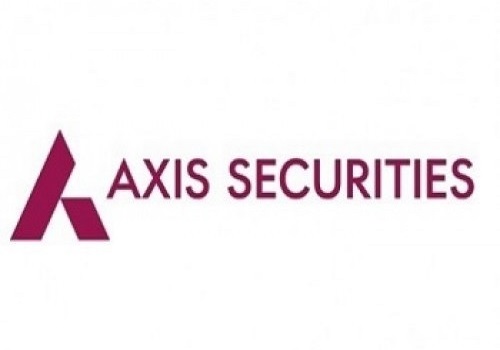









Tag News
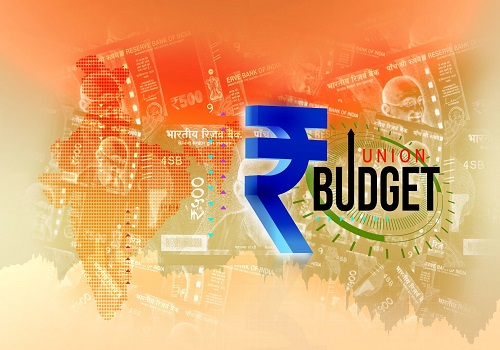
Budget 2023: How various businesses responded to PM Narendra Modi government`s growth vision...


